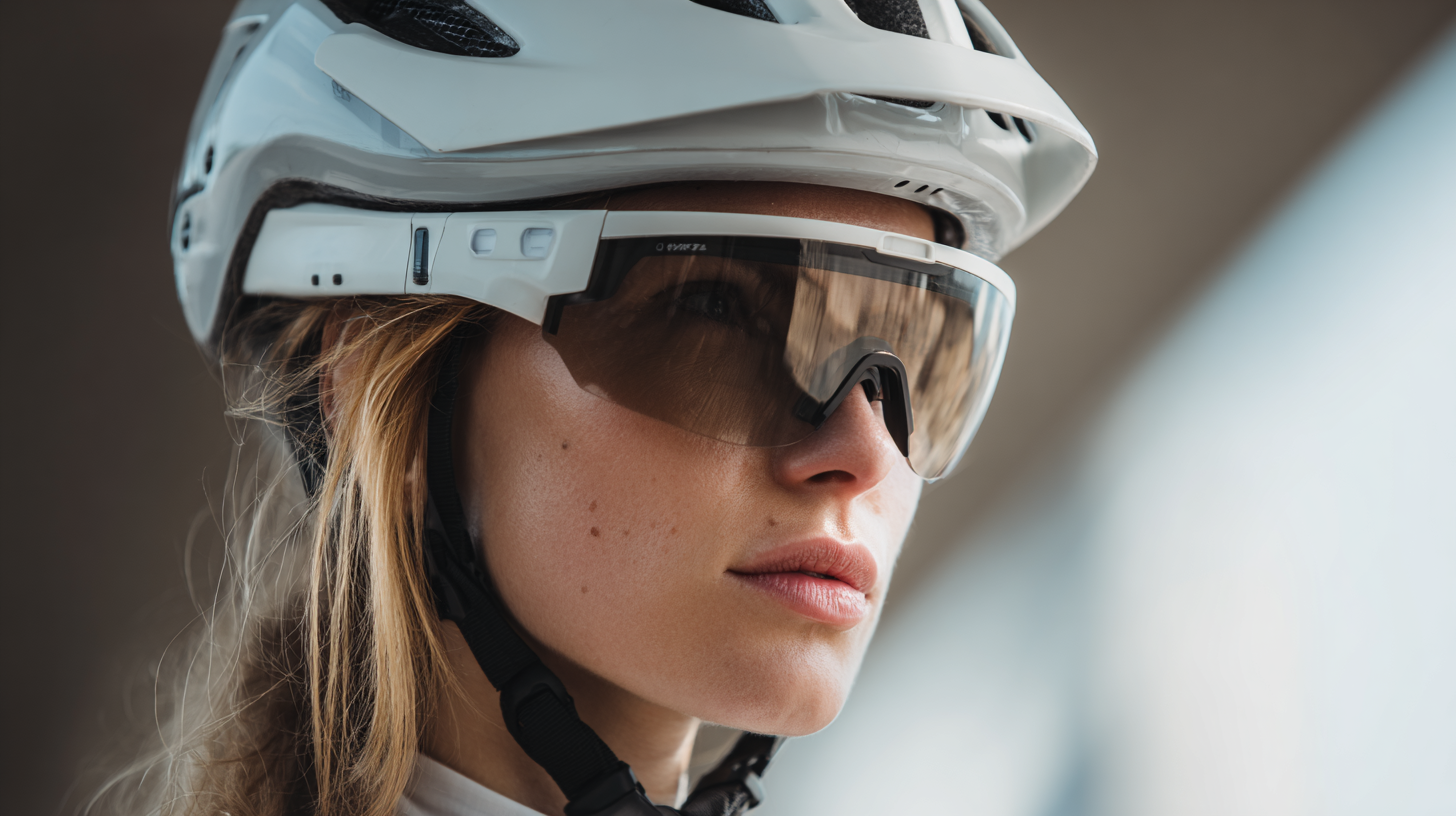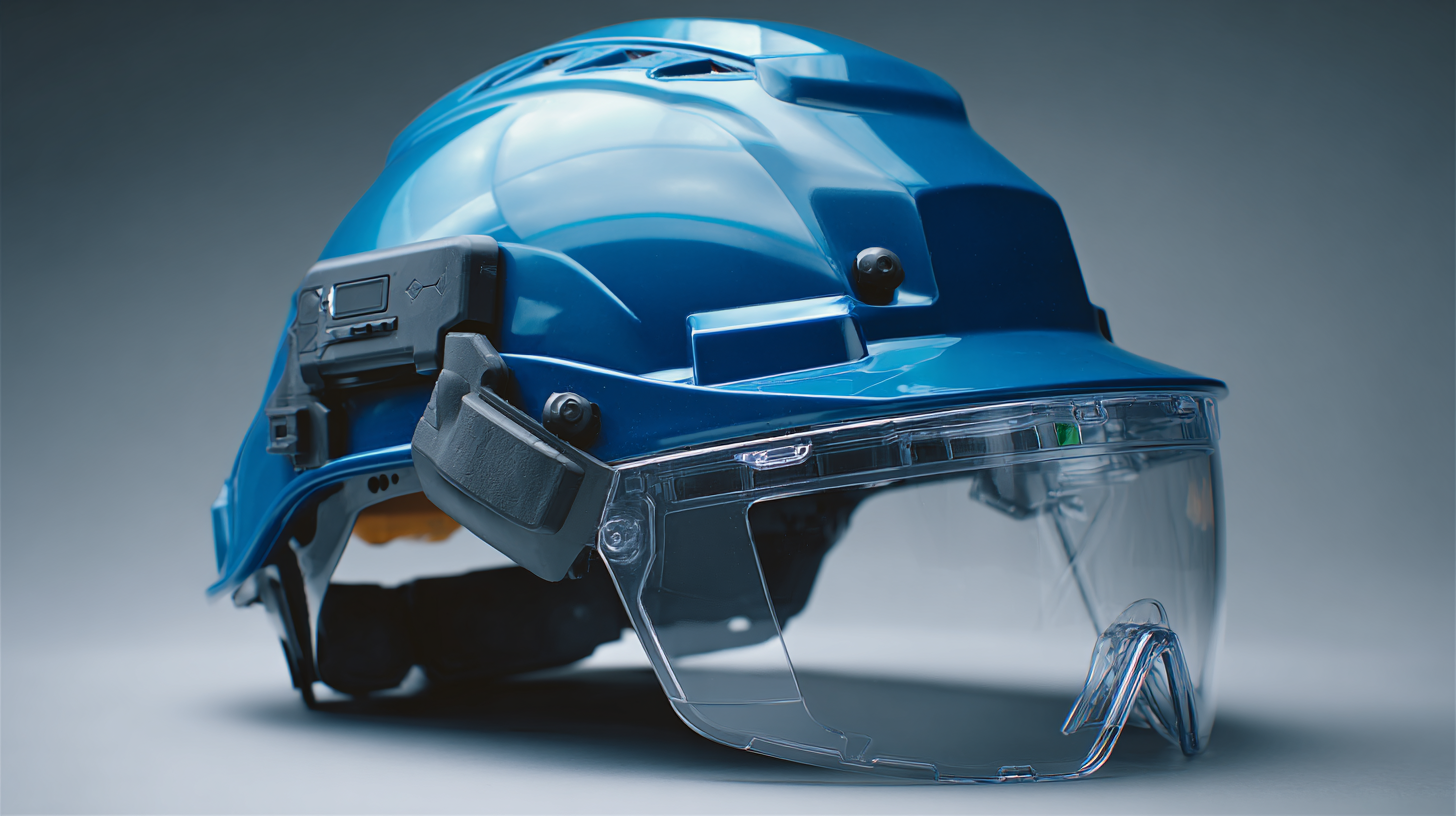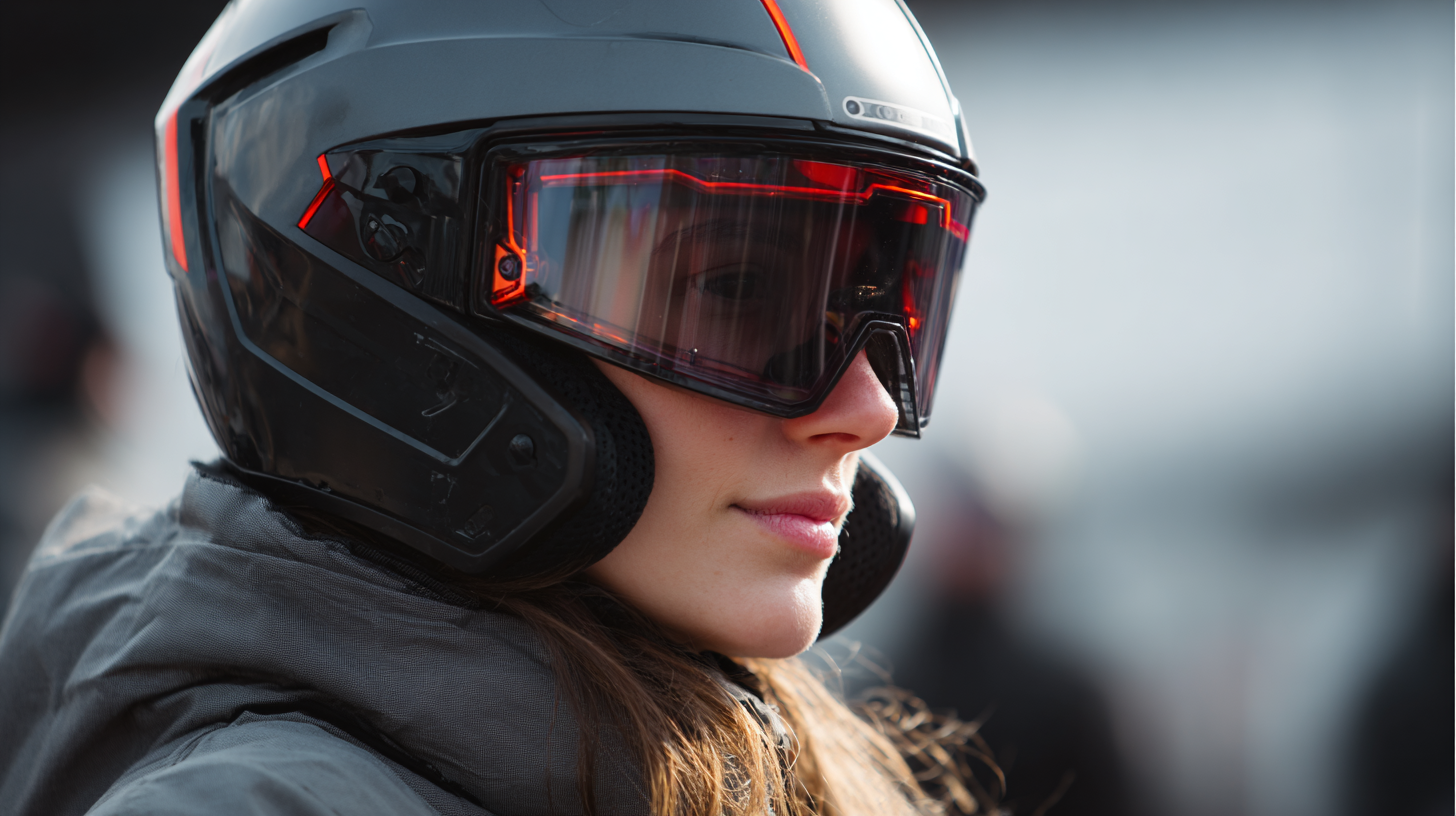2025 Insights Comparing the Leading Best Solar Safety Helmets for Global Buyers
As the demand for renewable energy continues to grow, the importance of safety in solar energy installations cannot be overstated. According to a report by the International Renewable Energy Agency (IRENA), the solar industry is projected to generate over 24 million jobs globally by 2025, highlighting the critical need for effective safety measures.
Among these, the Solar Safety Helmet has emerged as a vital piece of personal protective equipment (PPE) designed specifically for solar workers. These helmets not only offer head protection but also integrate advanced features such as sun resistance, impact protection, and even communication systems for enhanced safety on the job.
With an expected compound annual growth rate (CAGR) of 5.8% in the solar safety gear market during the next few years, understanding the leading options available for global buyers becomes essential. This blog will delve into the leading Solar Safety Helmets on the market, examining their features, benefits, and the critical role they play in ensuring the safety of those working in the rapidly expanding solar sector.
Emerging Trends in Solar Safety Helmets: What to Expect in 2025
As the solar energy sector continues to expand globally, safety remains a paramount concern for workers on solar farms and installation sites. By 2025, we can expect significant advancements in solar safety helmets, driven by emerging trends in materials science and technology. According to a report by ResearchAndMarkets, the global personal protective equipment (PPE) market is projected to reach $78.9 billion by 2025, with a notable increase in the demand for specialized safety gear, including helmets designed specifically for the solar industry.
Innovative features such as integrated communication systems and enhanced ventilation will be critical in the development of solar safety helmets. A study from the International Solar Alliance highlights that, by 2025, 70% of solar safety helmets may include smart technology, allowing for real-time communication between workers and supervisors. This advancement not only promotes safety but also improves overall efficiency on solar projects. Furthermore, industry leaders are focusing on lightweight, durable materials that can withstand harsh environmental conditions without compromising protection, ensuring that workers can operate safely and effectively in diverse settings.
2025 Insights Comparing the Leading Best Solar Safety Helmets for Global Buyers - Emerging Trends in Solar Safety Helmets: What to Expect in 2025
| Model |
Weight (g) |
Material |
Safety Rating |
Price ($) |
Key Features |
| Model A |
350 |
Polycarbonate |
ANSI Z89.1 |
120 |
UV protection, Lightweight |
| Model B |
400 |
Fiberglass |
CE EN 397 |
150 |
Impact resistant, Ventilation system |
| Model C |
450 |
ABS Plastic |
AS/NZS 1801 |
130 |
Adjustable fit, High visibility |
| Model D |
370 |
High-density polyethylene |
IS EN 12492 |
140 |
Moisture-wicking, Sun shield |
Key Features to Look for in Top Solar Safety Helmets for Global Buyers
When selecting the best solar safety helmets, global buyers should focus on several key features to ensure optimal protection and functionality. According to the International Journal of Industrial Safety and Health, helmets equipped with UV-resistant materials can significantly enhance safety against harmful sun exposure, reducing the risk of heat-related illnesses by up to 30%. Buyers should look for helmets that conform to organizations like ANSI and ISO standards, which have established rigorous testing for impact resistance, ensuring that the helmet can withstand the rigors of demanding work environments.
In addition to material safety, ventilation is another crucial feature. Research from the American Society of Safety Professionals highlights that improved ventilation can lower the internal temperature of a helmet by as much as 10 degrees Fahrenheit, increasing wearer comfort and focus, which are essential during prolonged exposure to sunlight on solar sites. Lastly, the incorporation of lightweight designs can reduce neck strain—a common issue within the industry—as evidenced by a recent study finding that lightweight helmets contribute to a 25% decrease in piloting fatigue reported by workers.
Prioritizing these features will empower global buyers to make informed decisions when investing in solar safety helmets.
Comparative Analysis of Leading Solar Safety Helmet Brands for 2025
As 2025 approaches, the importance of solar safety helmets in the renewable energy sector cannot be overstated. This year's comparative analysis highlights the leading brands, each of which has distinct features tailored for global buyers aiming to enhance safety during solar installations. Not only are these helmets designed to protect against physical impacts, but they also come equipped with features like UV protection and anti-glare visors to shield users from harmful rays.
When selecting a solar safety helmet, consider prioritizing comfort and fit. A well-fitted helmet not only ensures maximum protection but also allows for prolonged usage without discomfort. Additionally, look for helmets that include certification from recognized safety standards, confirming that the product meets all regulatory requirements for occupational safety.
Moreover, don’t overlook additional features such as ventilation and integrated communication systems. Proper ventilation keeps users cool during extended work hours, while built-in communication tools can facilitate better coordination among team members. Investing in a high-quality solar safety helmet is crucial for not just compliance but for enhancing overall workplace safety and productivity.
Regulatory Changes Impacting Solar Safety Helmet Standards Worldwide
As the solar energy sector rapidly expands, ensuring the safety of workers in challenging environments becomes paramount. Recent regulatory changes worldwide have significantly impacted the standards for solar safety helmets. These helmets must now comply with more stringent guidelines aimed at maximizing protection against electrical hazards and falling objects, emphasizing the increasing importance of worker safety in this growing industry.

In many regions, updated regulations mandate that solar safety helmets not only meet existing impact resistance standards but also incorporate features such as high visibility and enhanced protection against solar glare. Manufacturers are adapting by integrating innovative materials and technologies that improve durability and comfort, allowing workers to perform their tasks more effectively while ensuring their safety. As these regulations evolve, it is crucial for global buyers to stay informed about the best practices and helmet features that meet the new safety standards, thereby supporting the implementation of safer work environments in solar energy projects.
Consumer Preferences Shaping the Future of Solar Safety Helmet Designs
As the solar industry continues to expand, so too does the demand for innovations that prioritize
worker safety. Consumer preferences are playing a pivotal role in shaping the future designs of solar safety helmets,
as buyers increasingly seek products that combine functionality with comfort. Many professionals in the field now favor helmets that are
lightweight and ventilated, ensuring that workers can perform their tasks effectively
without experiencing discomfort from heat or weight. Manufacturers are taking note, investing in materials that provide both
durability and breathability.

Additionally, tech integration is becoming a significant trend among buyers.
Consumers are showing a strong interest in helmets equipped with smart technology, such as integrated communication systems and sensors that can
detect environmental hazards. This integration not only enhances safety but also improves coordination among
team members working on solar installations. As companies respond to these evolving consumer preferences, we can expect to see innovations that not
only protect workers but also streamline their ability to collaborate and respond to challenges on-site. This shift is indicative of a broader trend
where safety gear is no longer just about protection; it is evolving into a multifunctional tool that addresses the specific needs of solar energy professionals.





